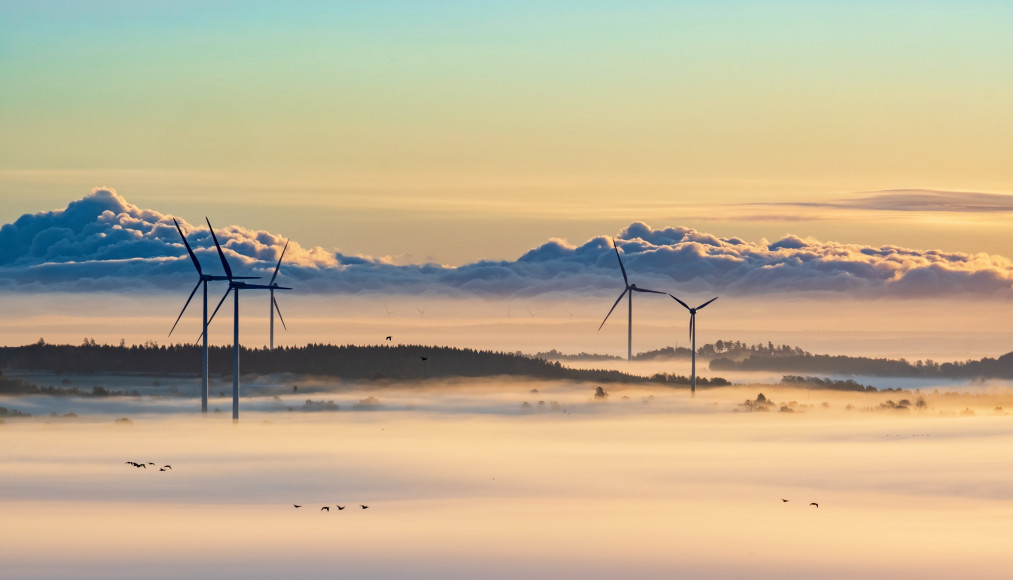In 2009, the European Union drafted the Renewable Energy Directive. With this directive, they wanted to promote the use of renewable energy and reduce dependence on fossil fuels. Initially, the directive had a target of 20% renewable energy by 2020 and 32% by 2030. Over the years, regular changes were made to this, and now is no different: this year, as part of 'Fit for 55', the European Commission raised the 2030 target to a whopping 42.5%. Wondering if your organisation will feel these changes? We would be happy to guide you through this energy transition.


New European renewable energy directives
The impact of the updated Renewable Energy Directive on your organisation
- Thursday 7 December 2023
- minutes
